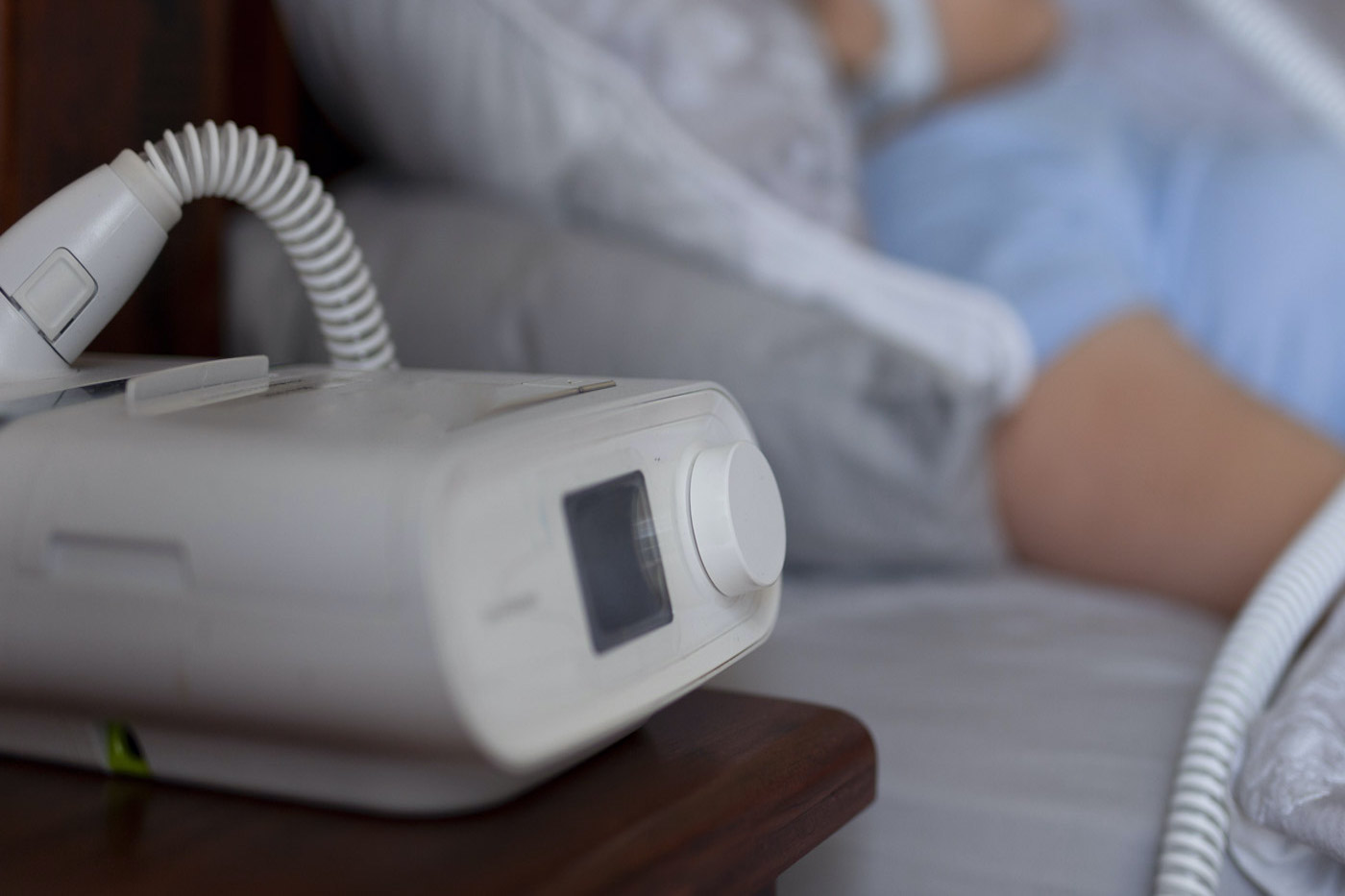Get To Know Your CPAP Machine
If you’ve been a patient or reading our blog long, you know continuous positive airway pressure (also known as “CPAP”) is the standard treatment for sleep apnea because of its effectiveness. But how exactly does that little machine even work? We’re walking you through the different parts of your CPAP machine and how they work together to treat your sleep apnea.
1. The Machine
The machine is the engine of your CPAP therapy: With the flick of a switch, it starts up, pulling air into the machine, then pushing it through the tubing. The machine is where we set the pressure, personalizing it to your sleep apnea symptoms. Of course, the latest models can even auto-regulate the pressure, responding to changes in your breathing through the night. We always recommend opting for a machine with a humidifier; the humidifier ensures the air you’re breathing won’t dry out your throat. Just remember to clean your humidifier regularly to avoid any bacterial growth.
2. The Tubing
Made of flexible plastic, your CPAP tubing connects the machine to your mask, funneling the air to your mouth. Depending on how you sleep, the tubing can be positioned differently for a comfortable night’s sleep. For example, if you typically sleep on your back, consider running the tube above your head. Nowadays, you can even opt for heated tubing to regulate your air temperature and prevent condensation inside the tubing.
3. The Mask
The mask is the trickiest part of any CPAP because each face is so unique in its size, shape and structure. You’ll need to find the mask that’s perfect for your face (of course, we’re here to help with that!)
The mask should sit comfortably on your face; if you overtighten the straps, not only will it be uncomfortable, it will shorten the lifespan of your mask. On the other hand, if it fits well, the machine’s air pressure will actually seal the mask comfortably to your face.
The key to fitting any mask is to take it home and test it. If it isn’t comfortable, test a different style until you find the right one. With various options, including low-profile nasal masks, CPAP masks can be unobtrusive for a good night’s sleep.
All these parts work together to push air through the tube and into your mask. The pressure of the airflow keeps your airway open, alleviating symptoms of your sleep apnea.
Shopping for a new CPAP machine? Need to be properly fitted for a mask? Just curious about sleep apnea? Book an appointment with a Sleep Therapeutics clinic to learn more.






